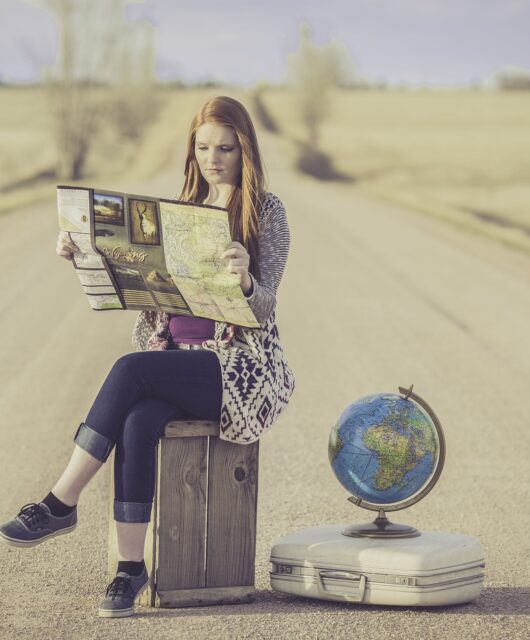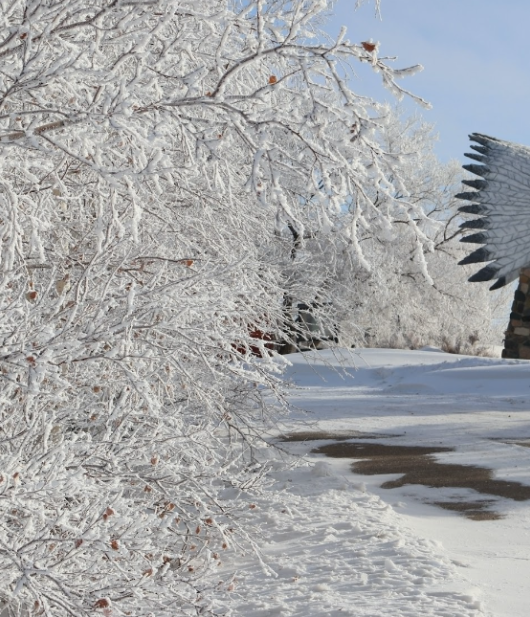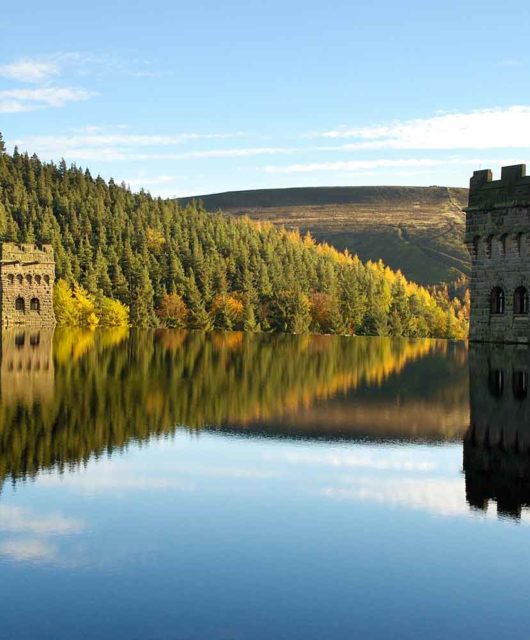Beginner’s Guide to Climbing Mount Kilimanjaro
One of the reasons why Mount Kilimanjaro is such an attractive adventure to so many, is that it can be climbed by anyone who is in decent physical condition and mountaineering skills really aren’t required. With this being said however we cannot forget that this is one of the world’s seven summits and stands at a height of 5,985m, which is worth remembering for beginners. The climb to the summit is a rewarding experience for any tourist and here is what you need to know if you are going to take on the ‘Every man’s Everest’.

Getting Up There
Whilst it is not absolutely necessary, it is always best that you head up to the top with an organized tour or with a guide who has experience. There are a number of routes which you can take to the top and each offers something different. When it comes to the Marangu Route Kilimanjaro climbers have trodden this path for longer than any of the others, and it is the only one to feature a wide range of huts for accommodation. Guides may also take you up quicker routes such as the Lemosho route, which is shorter and far more picturesque, albeit less comfortable.
What Gear You May Need
Thankfully there will be no need for crampons or ice picks on this climb, but there is still some specialist gear which you will have to obtain before starting the climb. For example you will need a sleeping bag which will keep you warm at minus 20 degrees, as well as trekking poles, good quality boots, gloves and insulated clothing, a 70 liter rucksack and a day pack of around 30 or 40 liters. Most tour companies will provide this for you at an extra cost, which saves you carting it all with you when you travel.
Best Time to Climb
January to early March is the driest time for you to make this climb, and you will also find that traffic is much lower as well at this time of the year. Between June and September will be when you find the most stable weather conditions and that is why this period sees the heaviest numbers of tourists. There are some trails which are open during the off-season, although between the likes of April-May and October-November, the weather can be wet and windy.
Top Tips
Your guide will help you to stay safe and in good health during your trek, but it is important that you have a good idea first, of what that looks like. The key to staying safe here is making sure that you pace yourself and that you acclimate as you ascend the mountain. Staying hydrated and taking frequent breaks is critical to not only staying safe, but also to enjoying this trip as much as possible.
Treks will take between 6-8 days depending on which route you choose, and will most certainly provide you with an adventure of a lifetime during your time in Africa.









